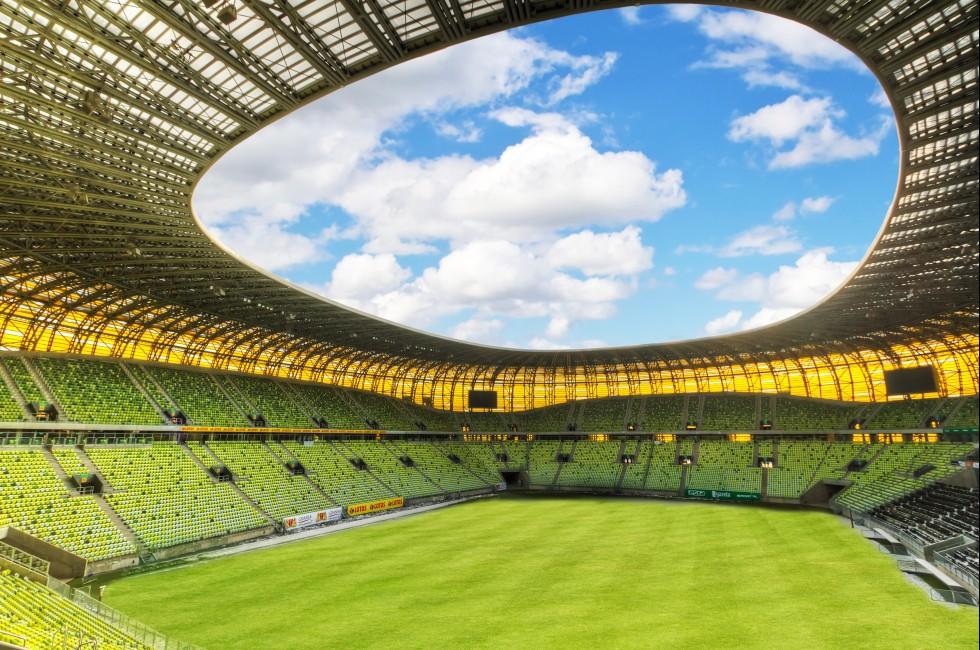The Baltic Coast and Pomerania
The Baltic Coast and Pomerania
Poland's Baltic coast stretches for 400 km (249 miles) from the isle of Wolin in the west to the Mierzeja Wi?lana (Vistulan Sandbar) in the east. It is mostly a gentle and friendly shore with pine forests leading to sandy beaches, incorporating two national parks and several nature reserves (and more further inland) that are the habitats to many rare species of fish and fowl. The region is also a source of precious amber. But there is more to Pomerania than the Baltic beaches and nature: the bustling city of Gda?sk attracts visitors to the birthplace of the Solidarity Movement; it is also perhaps Poland's most attractive historic city after Kraków and a convenient gateway to Poland's castle country.
Until World War II, most of this area of northwestern Poland was included in Pruss...
Read MorePoland's Baltic coast stretches for 400 km (249 miles) from the isle of Wolin in the west to the Mierzeja Wi?lana (Vistulan Sandbar) in the east. It is mostly a gentle and friendly shore with pine forests leading to sandy beaches, incorporating two national parks and several nature reserves (and more further inland) that are the habitats to many rare species of fish and fowl. The region is also a source of precious amber. But there is more to Pomerania than the Baltic beaches and nature: the bustling city of Gda?sk attracts visitors to the birthplace of the Solidarity Movement; it is also perhaps Poland's most attractive historic city after Kraków and a convenient gateway to Poland's castle country.
Until World War II, most of this area of northwestern Poland was included in Prussia and was referred to as "the sandbox of the Holy Roman Empire." It is indeed sandy, but it contains some startling landscapes and magnificent historic sites, such as the fortress of the Teutonic Knights at Malbork (close to and easily accessible by train from Gda?sk) and Frombork, where Copernicus lived and worked, and where he is buried.
Gda?sk, the capital of this region, is linked with two smaller neighboring towns, Gdynia and Sopot, in an urban conglomeration called the Trójmiasto (Tri-City), on the western bank of the Bay of Gda?sk. These cities operate as a single organism (if taken as one, they would make the third-largest city in Poland) and form one of Poland's most exciting and vibrant places. Szczecin, often underrated as a tourist destination, is another interesting city in the region, and a good starting point for further exploration.






